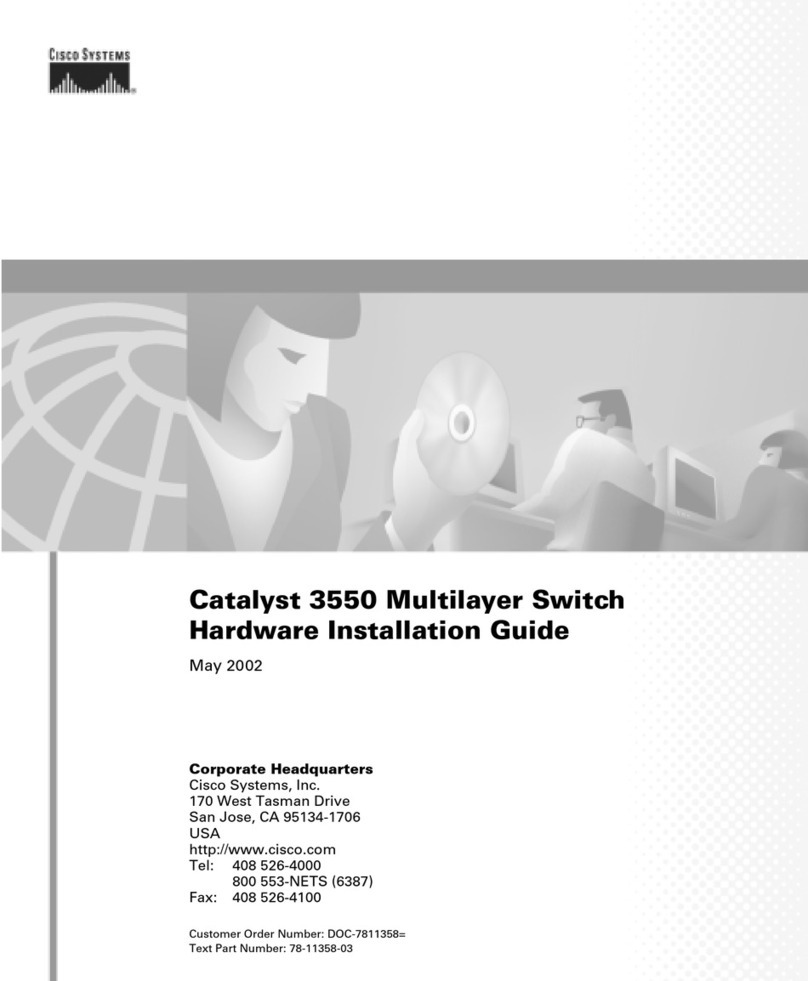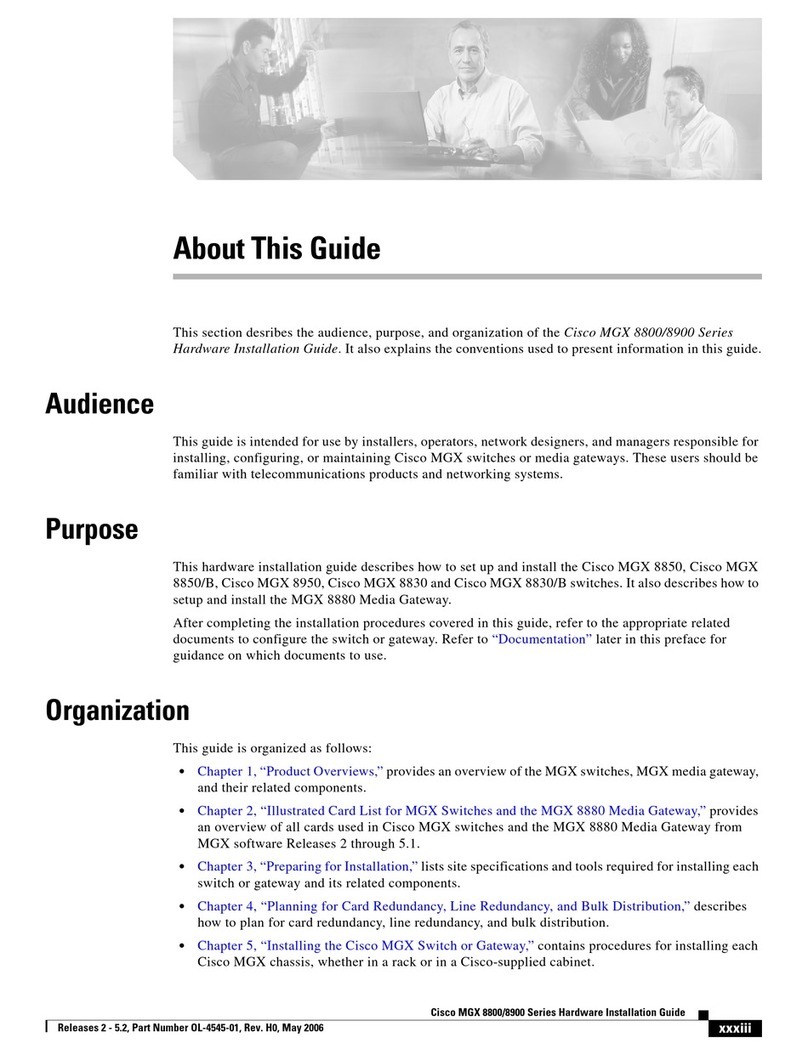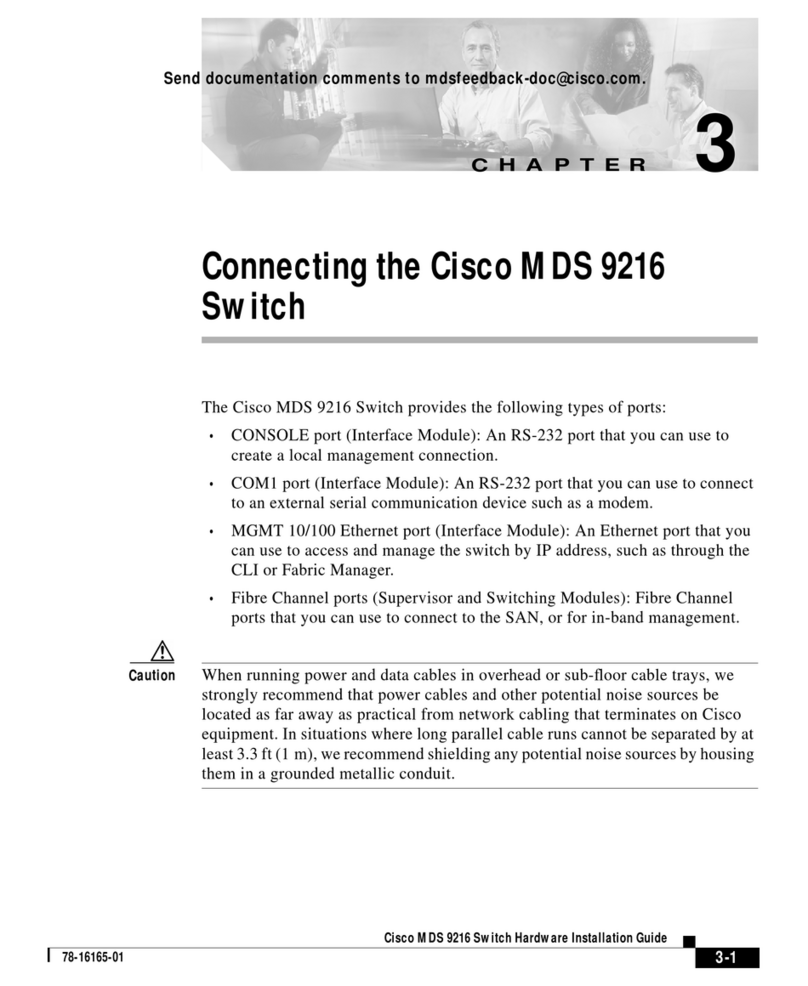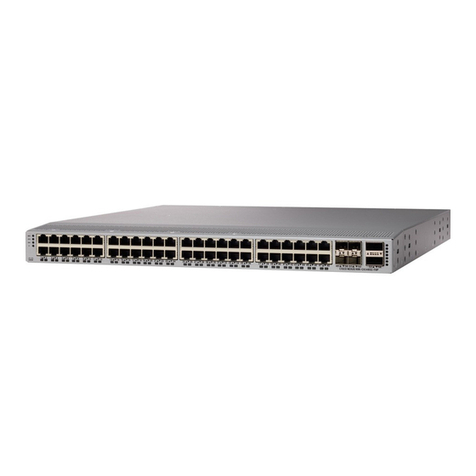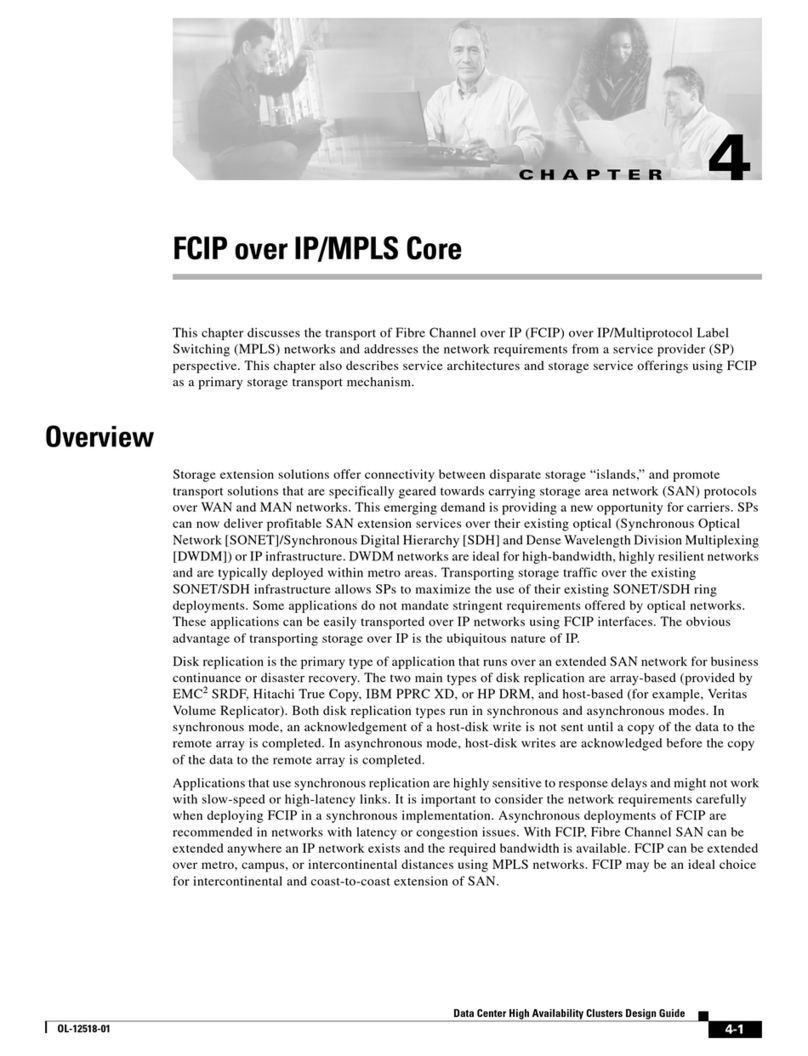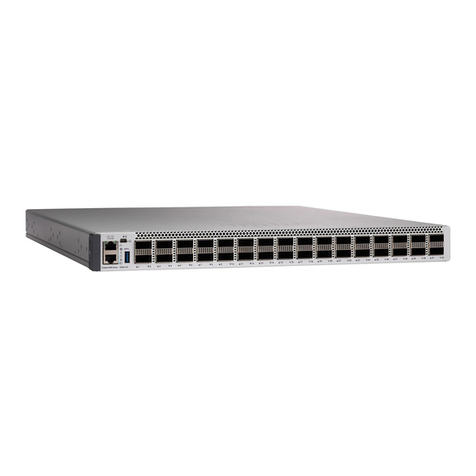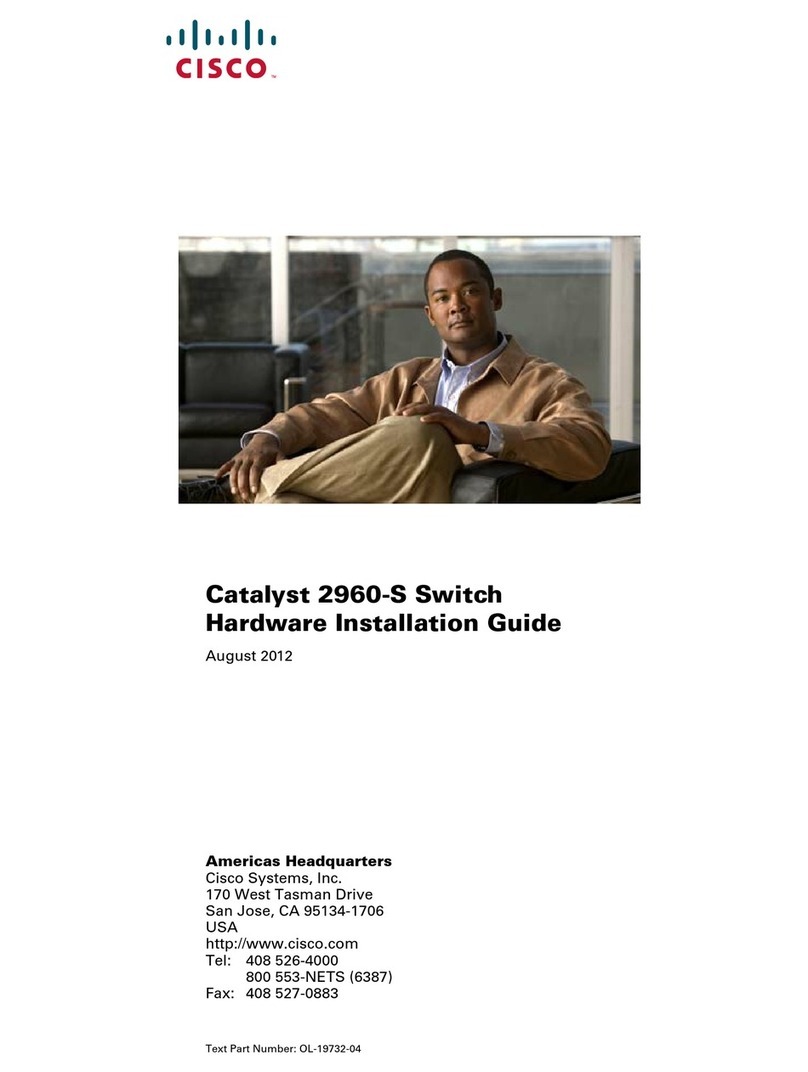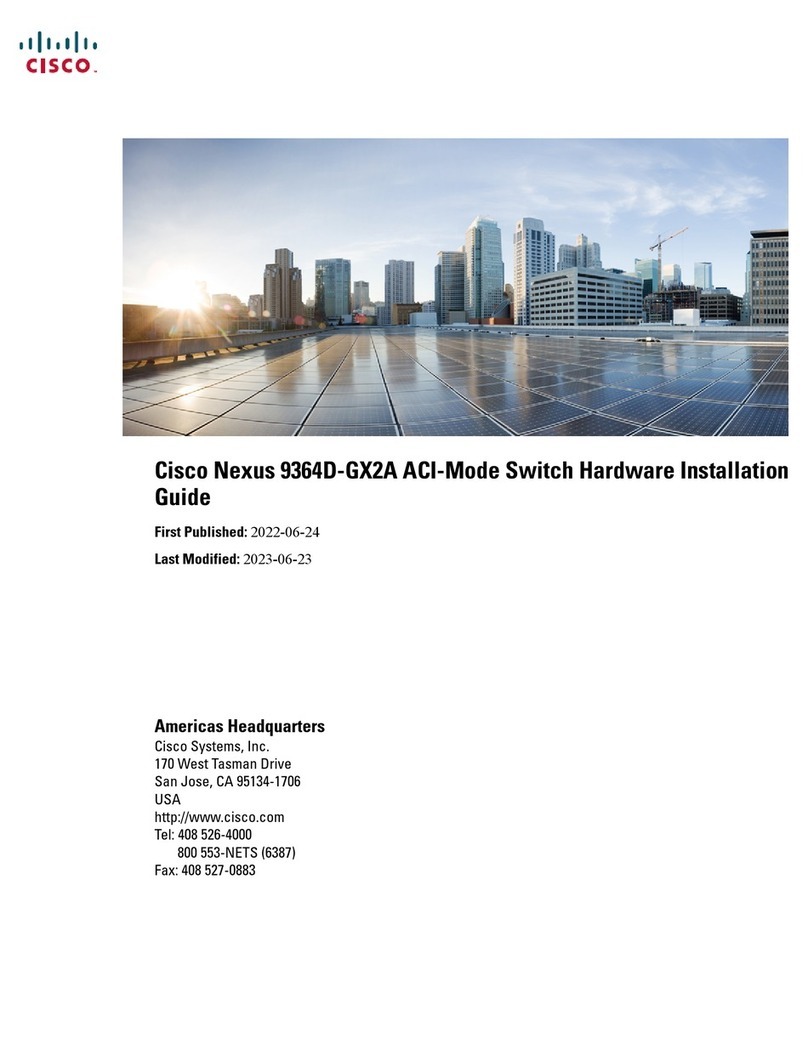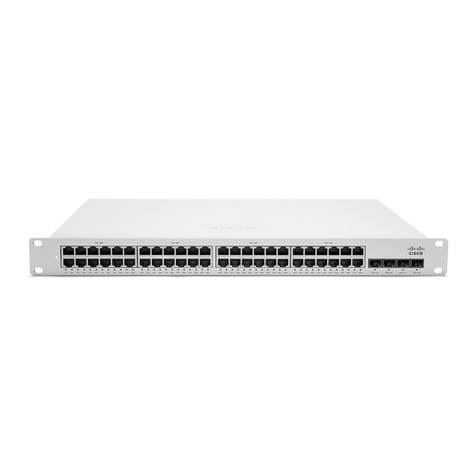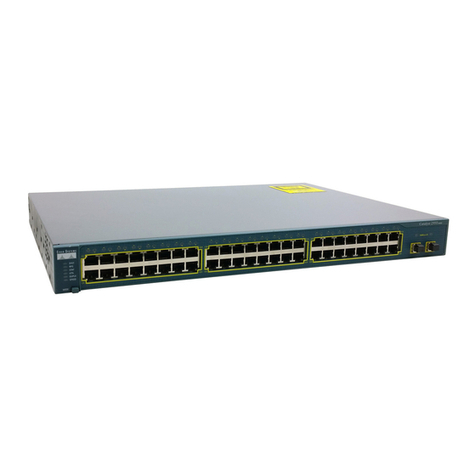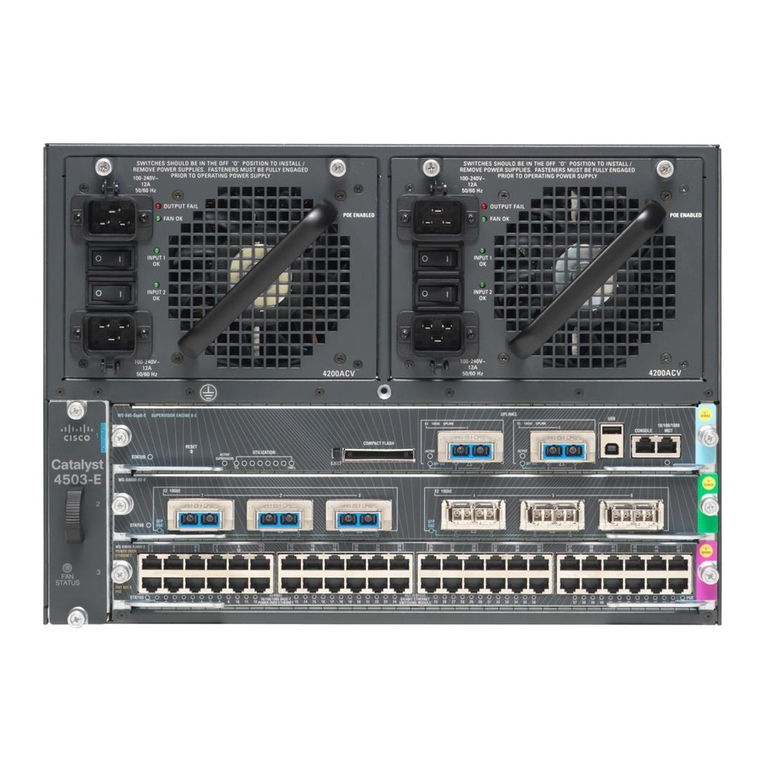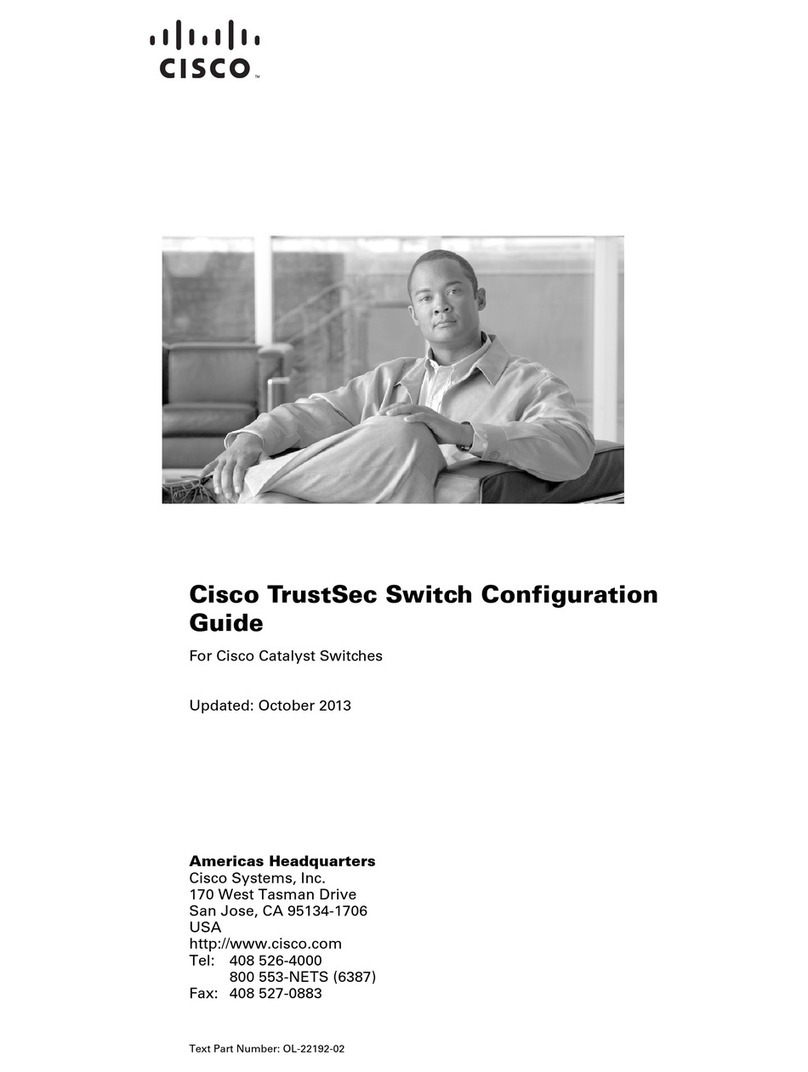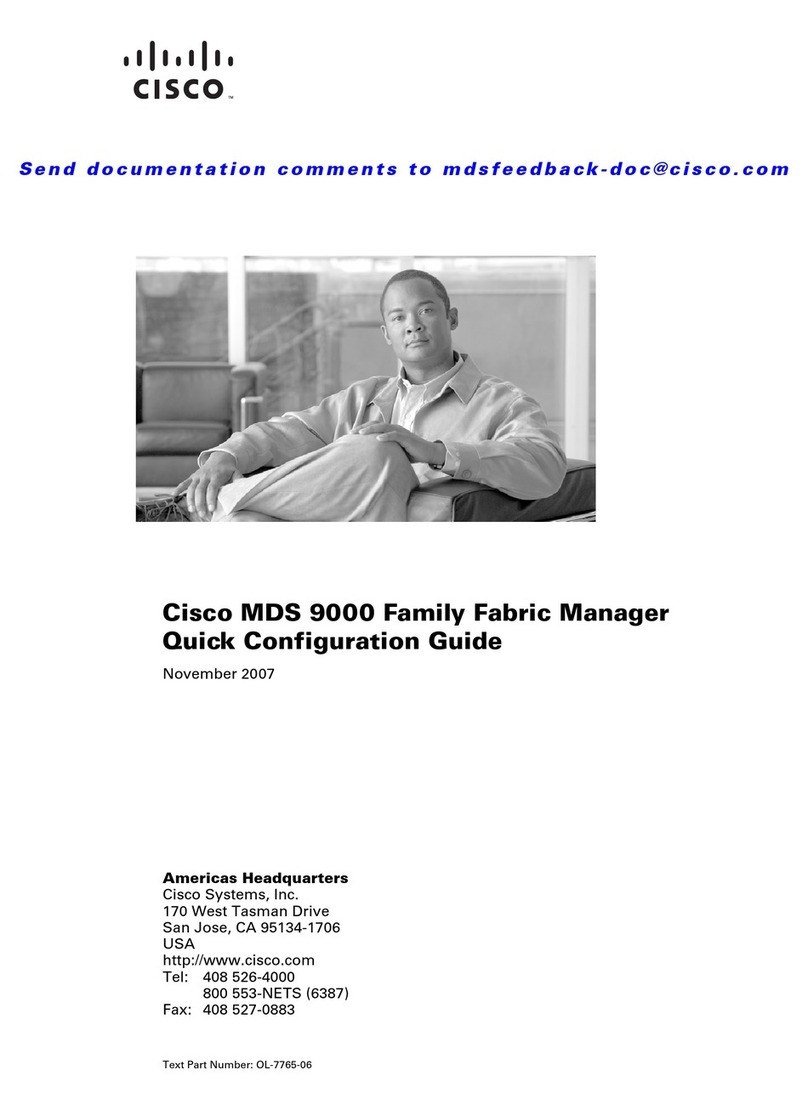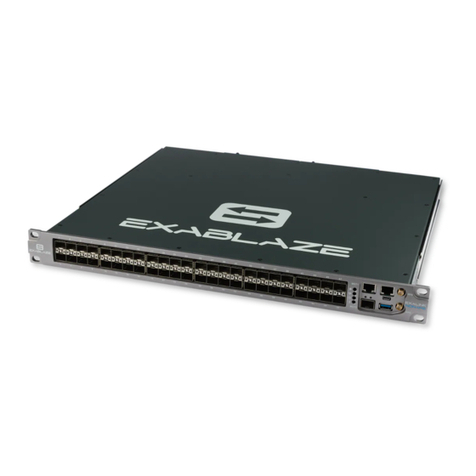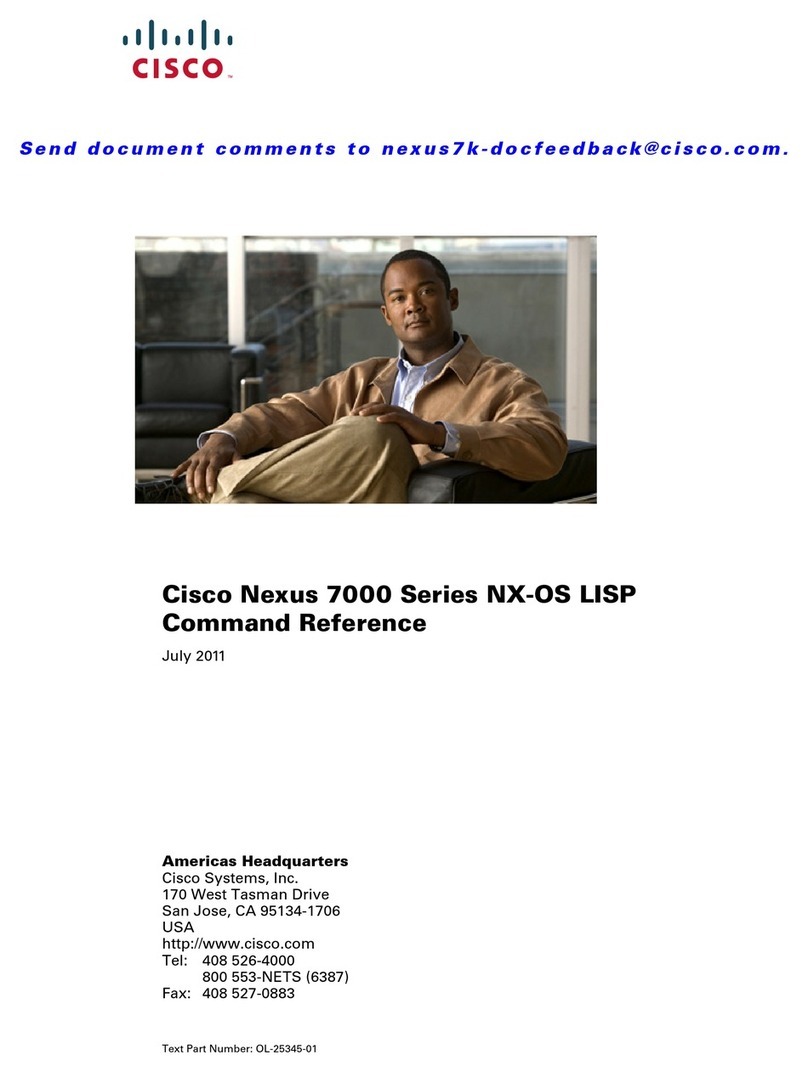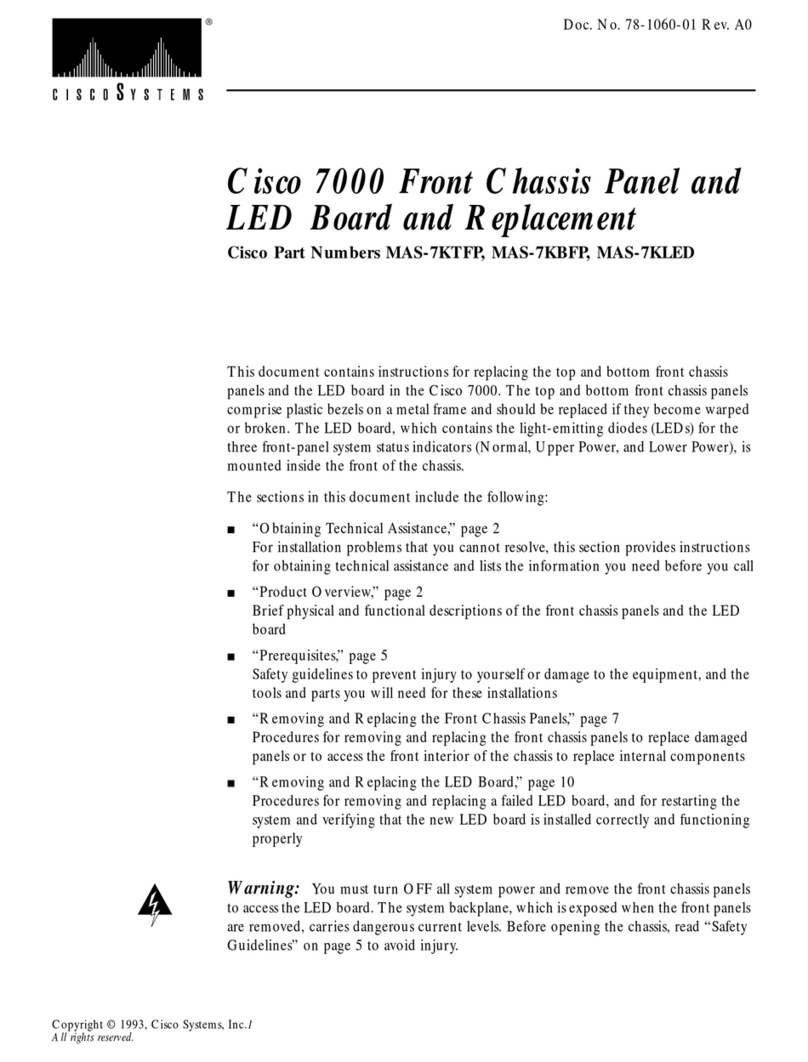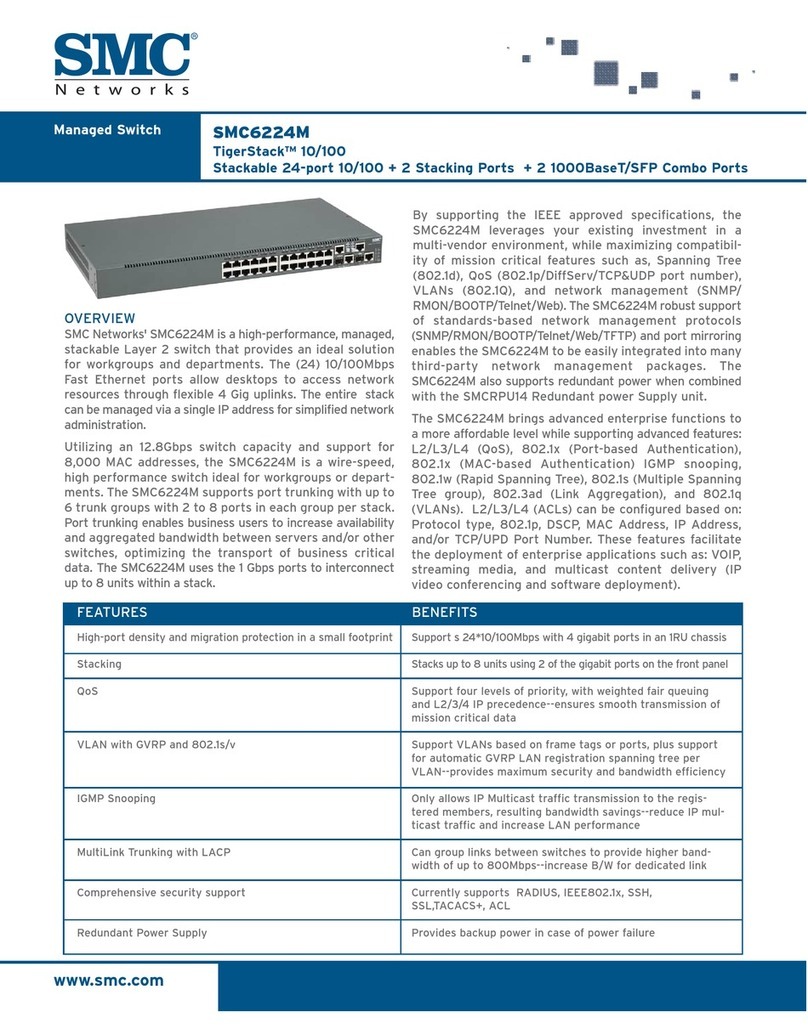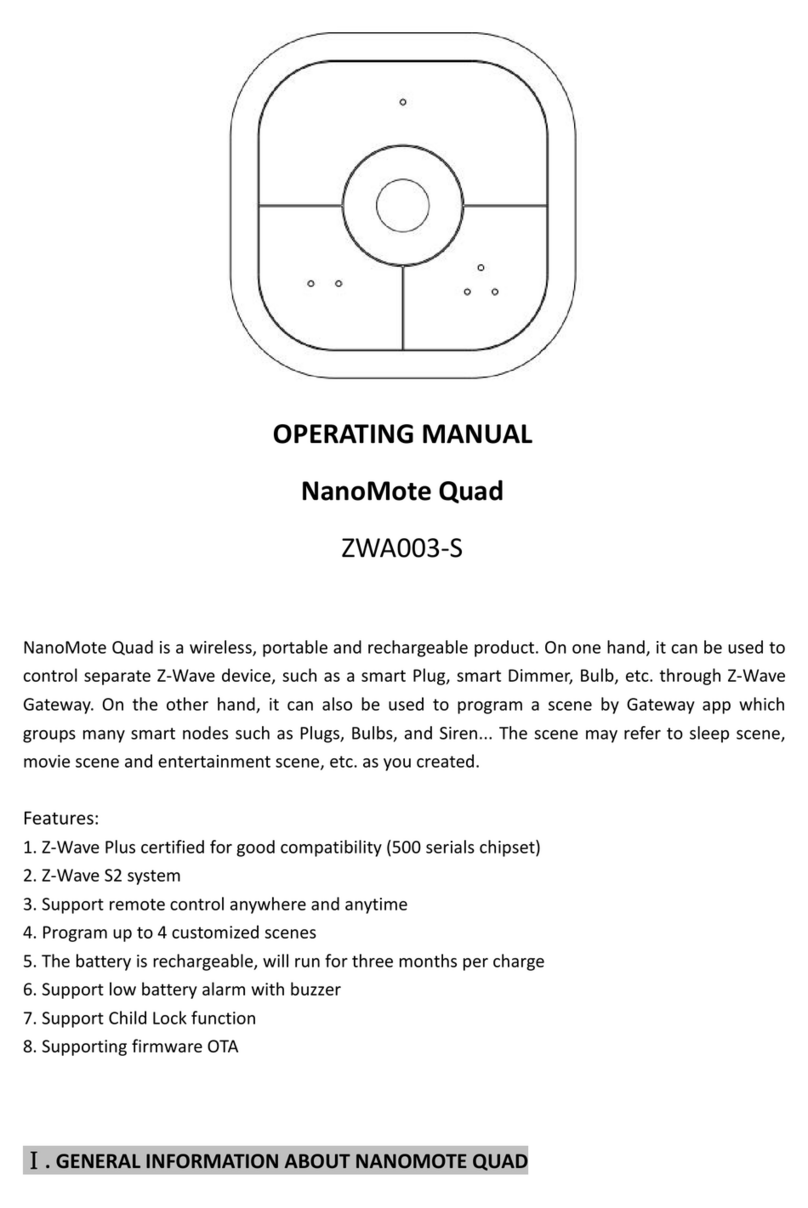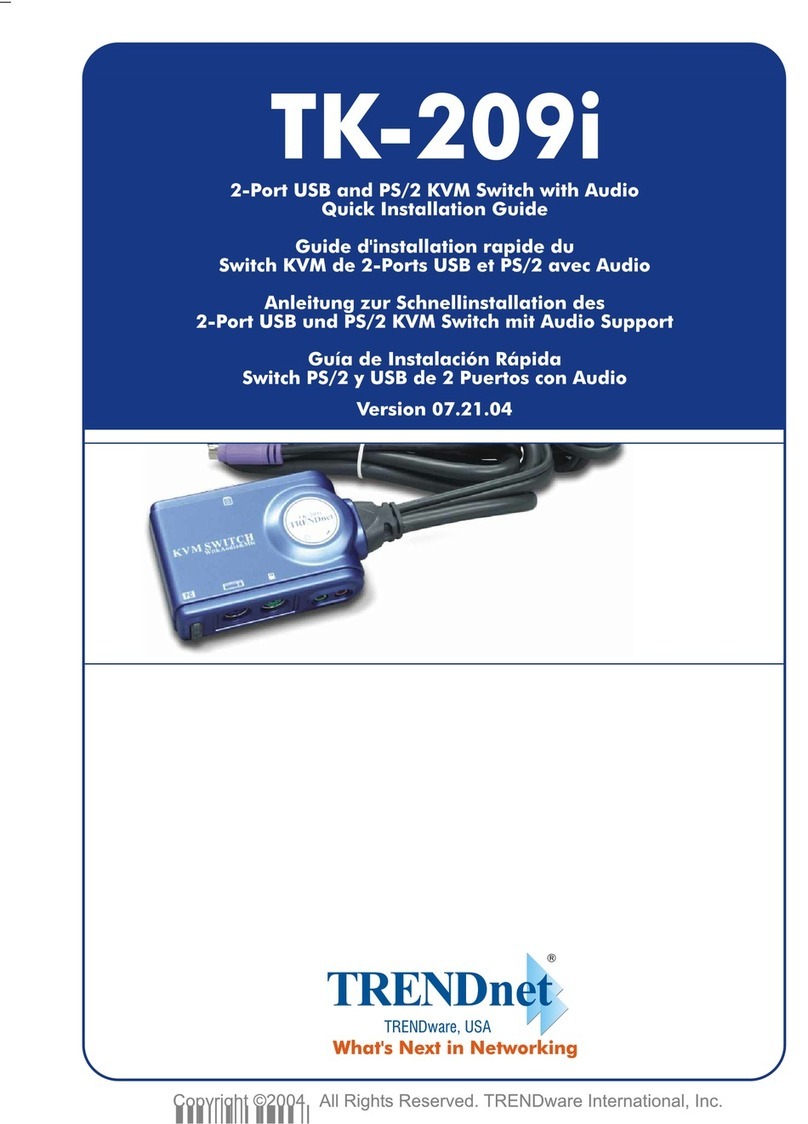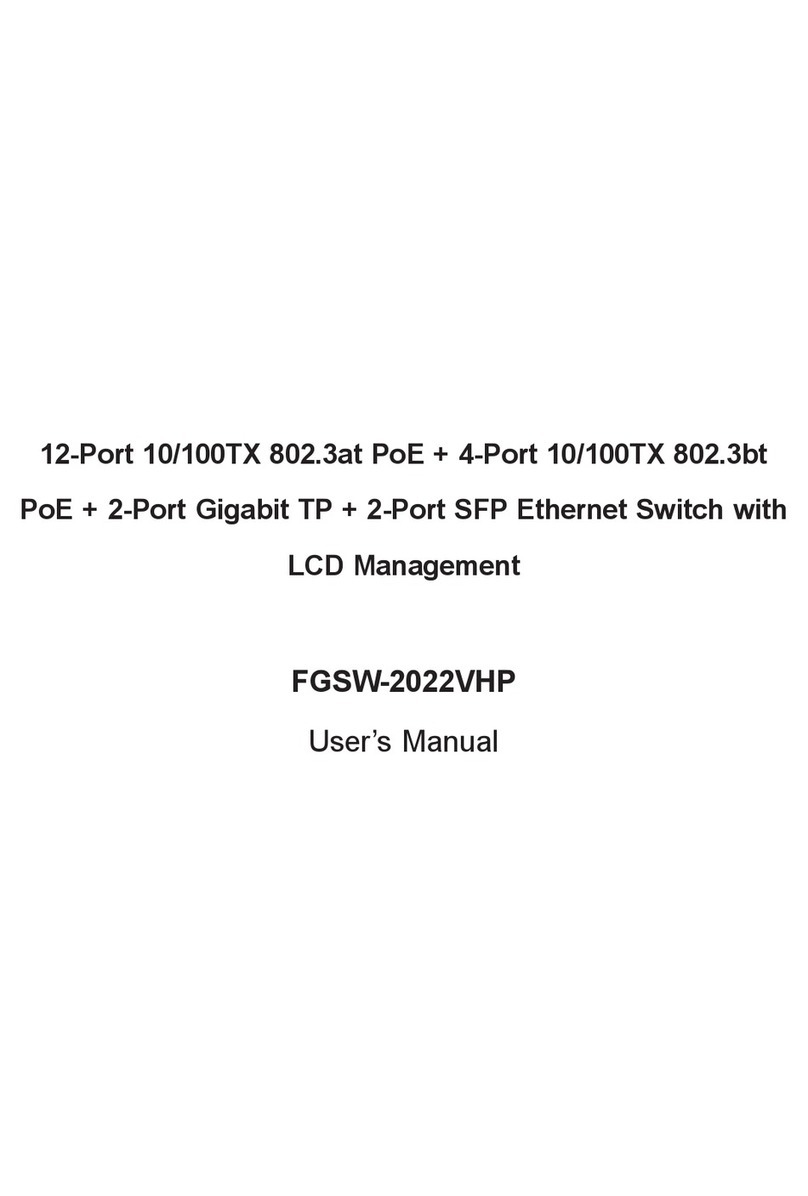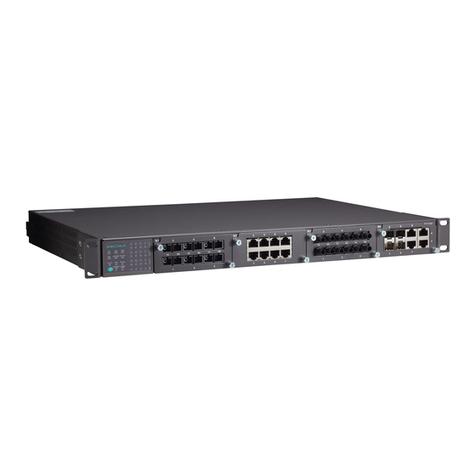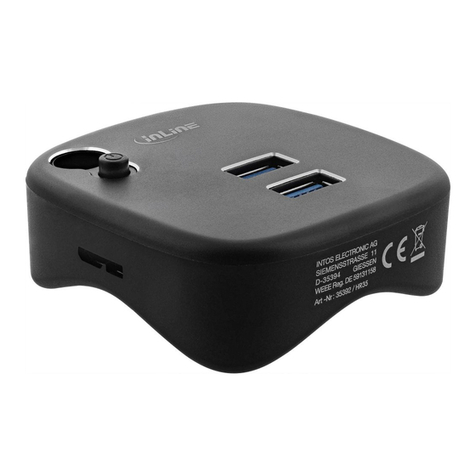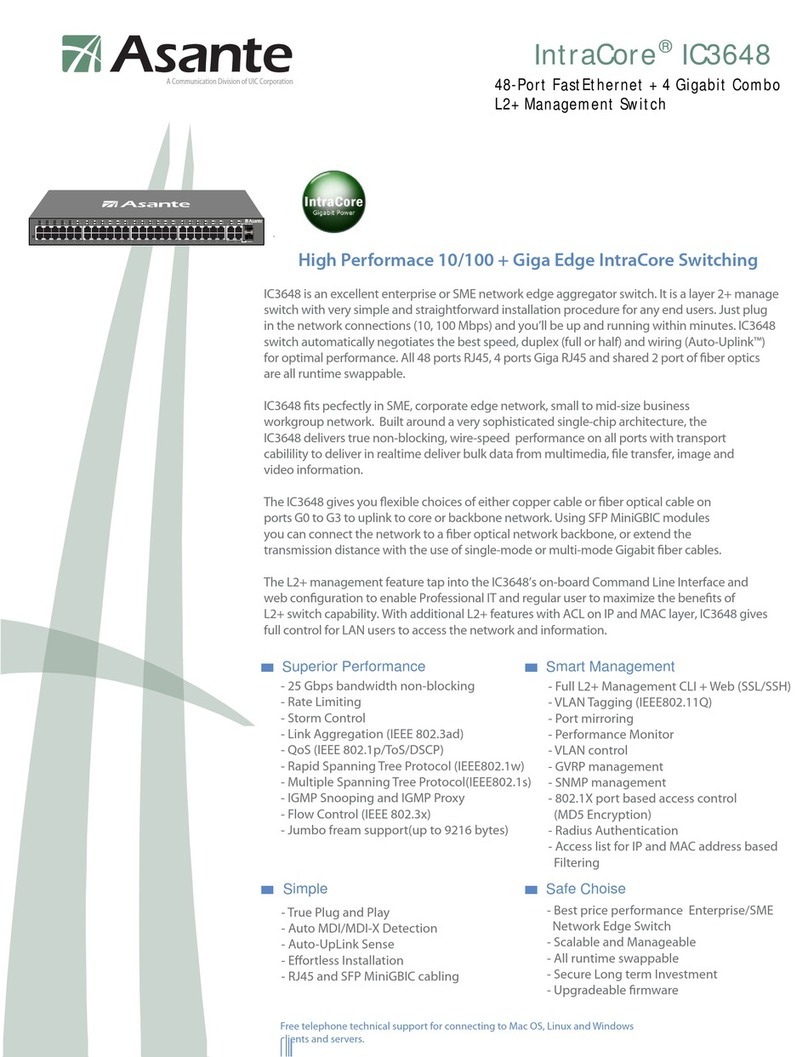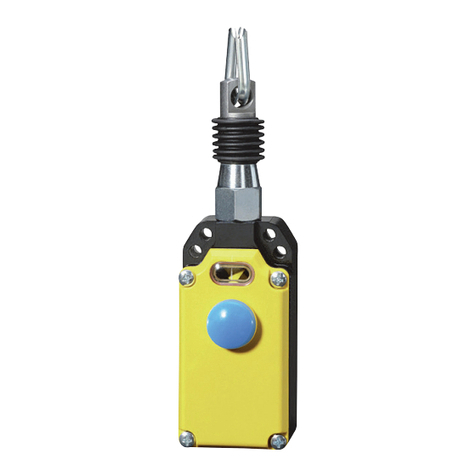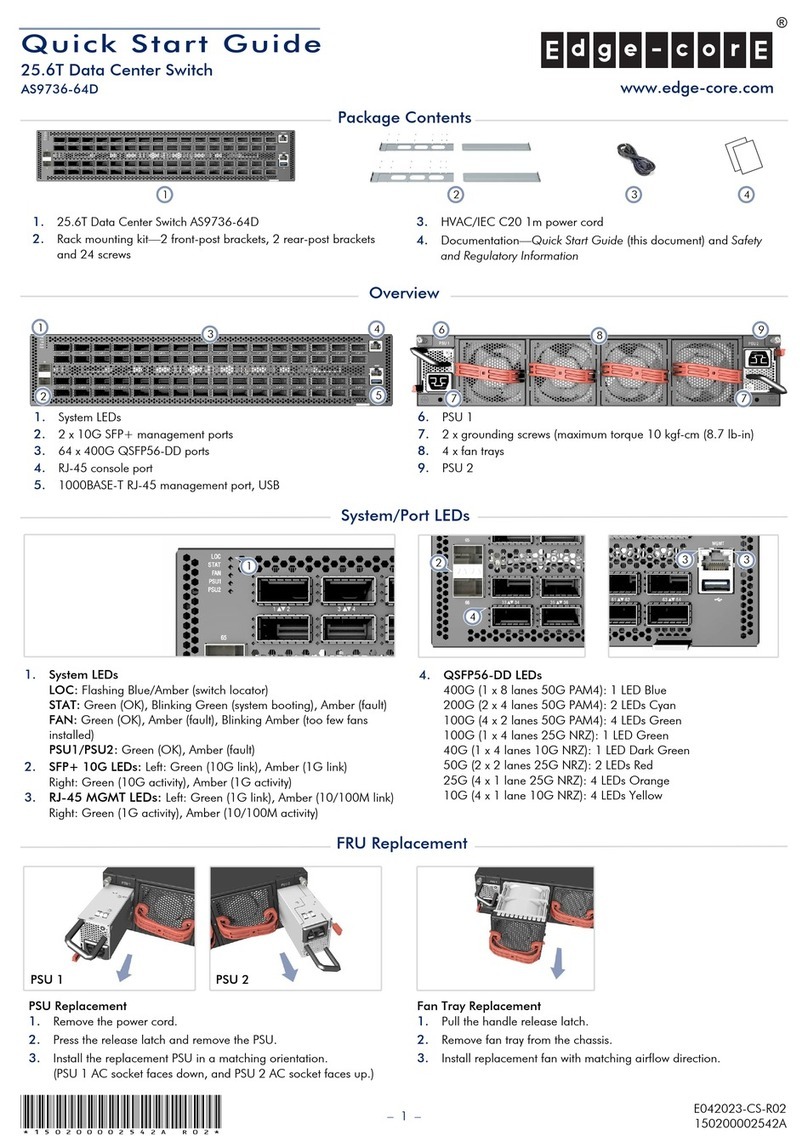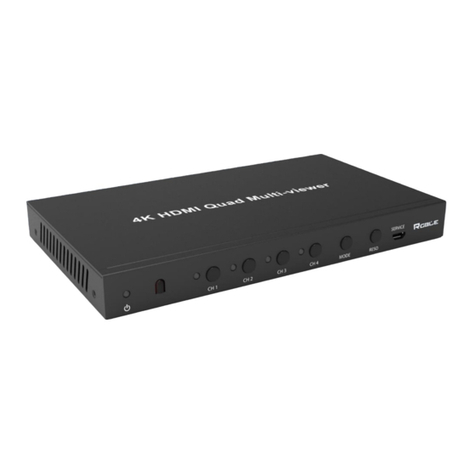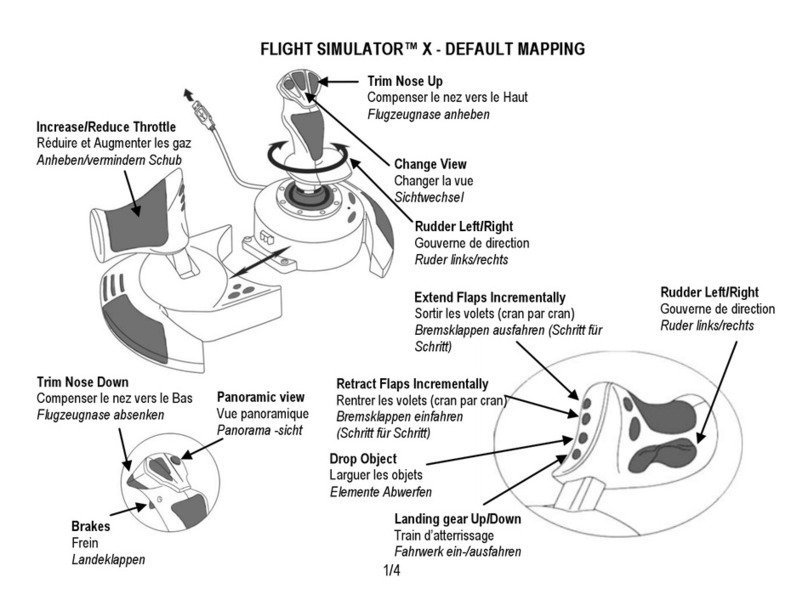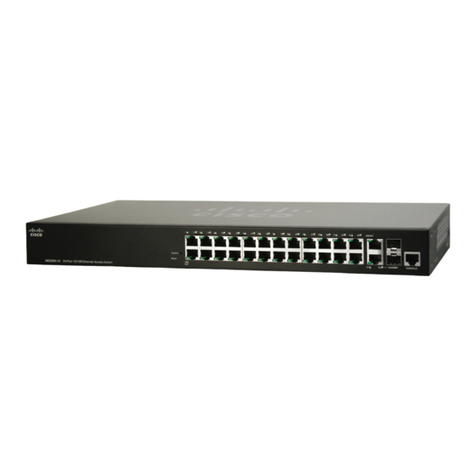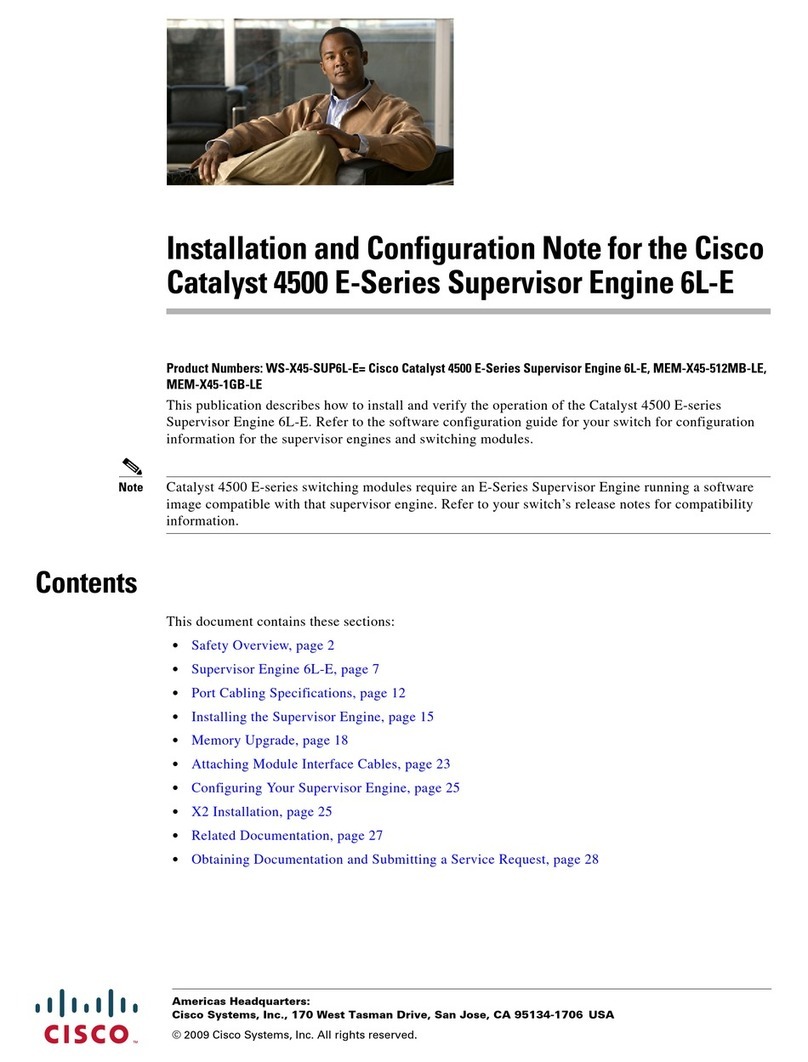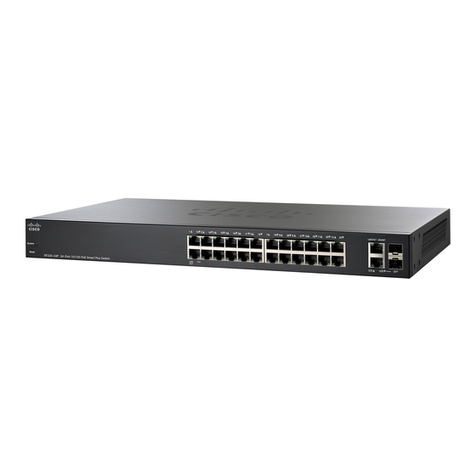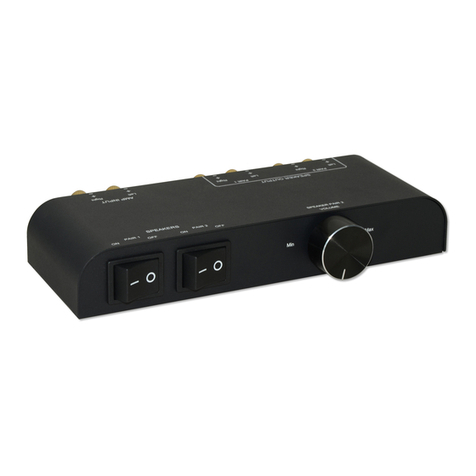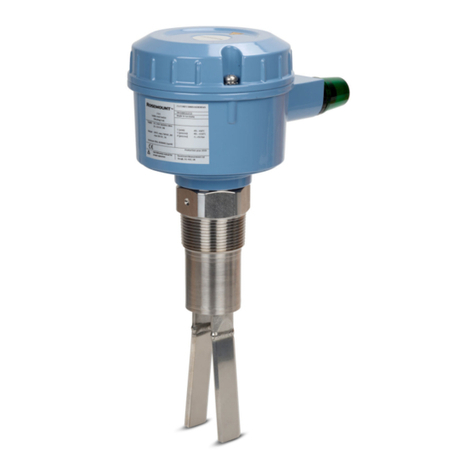
© 2012-2013 Cisco and/or its affiliates. All rights reserved. This document is Cisco Public Information. Page 8 of 17
ƔIEEE 802.1s/w Rapid Spanning Tree Protocol (RSTP) and Multiple Spanning Tree Protocol (MSTP)
provide rapid spanning-tree convergence independent of spanning-tree timers and also offer the benefit of
Layer 2 load balancing and distributed processing. Stacked units behave as a single spanning-tree node.
ƔPer-VLAN Rapid Spanning Tree (PVRST+) allows rapid spanning-tree reconvergence on a per-VLAN
spanning-tree basis, without requiring the implementation of spanning-tree instances.
ƔSwitch-port autorecovery (Errdisable) automatically attempts to reactivate a link that is disabled because
of a network error.
Enhanced Quality of Service
The Cisco 2960-SF Series Switches offers intelligent services that keep everything flowing smoothly. Industry-
leading mechanisms for marking, classification, and scheduling deliver superior performance for data, voice, and
video traffic, all at wire speed.
QoS features supported in the Cisco 2960-SF Series Switches include:
ƔCross-stack QoS allows QoS to be configured across the entire FlexStack stack.
Ɣ802.1p class of service (CoS) and differentiated services code point (DSCP) field classification are
provided, using marking and reclassification on a per-packet basis by source and destination IP address,
MAC address, or Layer 4 TCP/UDP port number.
ƔCisco control-plane and data-plane QoS ACLs on all ports help ensure proper marking on a per-packet
basis.
ƔFour egress queues per port help enable differentiated management of different traffic types across the
stack.
ƔShaped Round Robin (SRR) scheduling helps ensure differential prioritization of packet flows by
intelligently servicing the ingress queues and egress queues.
ƔWeighted Tail Drop (WTD) provides congestion avoidance at the ingress and egress queues before a
disruption occurs.
ƔStrict priority queuing helps ensure that the highest-priority packets are serviced ahead of all other traffic.
ƔTrusted Boundary provides the ability to trust the QoS priority settings if an IP phone is present and to
disable the trust setting if the IP phone is removed, thereby preventing a malicious user.
ƔRate limiting is provided based on source and destination IP address, source and destination MAC
address, Layer 4 TCP/UDP information, or any combination of these fields, using QoS ACLs (IP ACLs or
MAC ACLs), class maps, and policy maps.
ƔUp to 64 aggregate or individual policers are available per Fast Ethernet or GbE port.
Location Awareness and Mobility
In order to provide delivery of a best-in-class network experience to end users, it’s critical for network access to be
location aware. A wide variety of devices can appear on the network, both wired (switches, routers, IP phones,
PCs, access points, controllers, video digital media players, and so on) and wireless (mobile devices, wireless
tags, rogues, and so on). In many industries, locating assets is primarily a manual process and is time consuming
and error prone. The inability to locate assets in real time and to help ensure their availability when and where they
are needed limits reaction time and efficiency.
